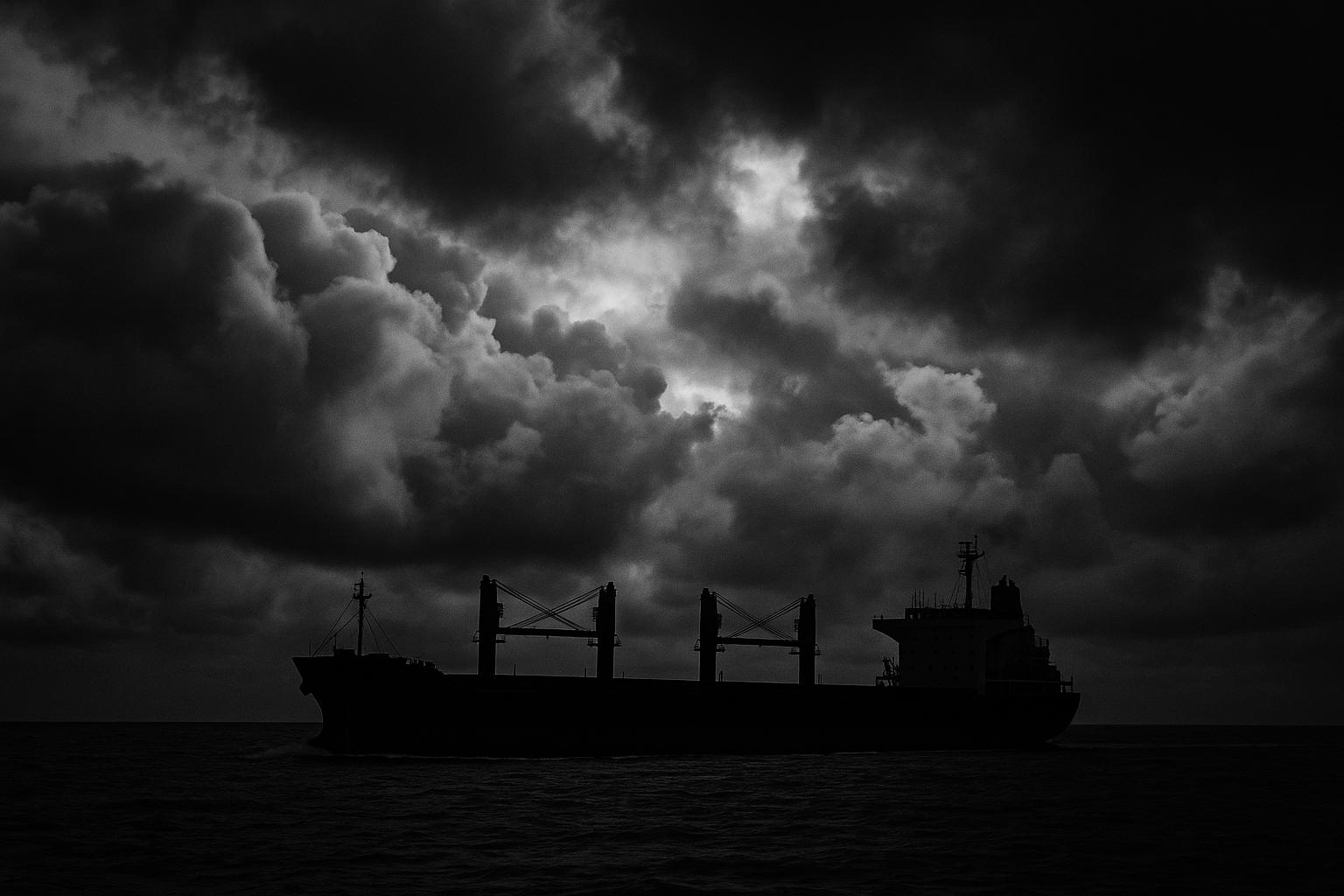On 17 June, industry experts will convene at the CO2 Shipping and Terminals Conference in London to address the pressing challenges facing UK non-pipeline transport (NPT) for carbon capture, usage, and storage (CCUS). Chris Armes, head of stores development at Veri Energy, alongside Nina Lynn, business development manager at Navigator Gas, will highlight the distinct commercial and regulatory hurdles complicating this pivotal sector.
Currently, the disparity in support between government-sanctioned projects and those developed under merchant conditions creates what many stakeholders perceive as a fundamental investment gap. The government-backed Track project model offers revenue assurance and risk management that merchant developers lack, forcing them to bear significant volume and performance uncertainties. This shift in risk dynamics has resulted in a climate of uncertainty, as Armes points out, causing a “painfully slow halt” in project initiation. The conversation is expected to unpack the necessity for enhanced government backstops and innovative financing solutions designed to alleviate these cross-chain risks, particularly in emerging markets.
The UK government has recognised the vital role of NPT in expanding CCUS capabilities across the nation. A recent call for evidence from the Department for Energy Security and Net Zero summarised 85 responses that reiterated the feasibility of NPT for reaching dispersed emitter locations. High capital and operational costs, alongside regulatory hurdles, were cited as primary challenges that hamper project timelines. Furthermore, the need for a robust regulatory framework is paramount; without it, the industry's growth remains stunted. These official sentiments underline the urgency for clarity in long-term carbon storage policy, which has thus far been inconsistent and has left investors gingerly adopting a wait-and-see approach.
The structural differences between CO2 shipping and traditional pipeline transport are notable. As Armes will elaborate during the conference, shipping requires adaptations in port infrastructure and logistics to accommodate the unique needs of dispersed emitters. The challenges of integrating a variety of CO2 specifications from different sources emphasise the necessity for a comprehensive network approach. This is echoed in the UK government’s vision, which anticipates that both pipeline and non-pipeline transport will be essential by the 2030s.
In particular, Armes is expected to shed light on the requirement for governmental mechanisms to support emitters through this challenging transitional phase, especially among industries facing immediate decarbonisation pressures. With the costs associated with carbon capture technologies remaining prohibitively high without subsidies, the urgency for a well-structured support system cannot be overstated. This is especially relevant for biogenic CO2 sources, which may necessitate different contractual frameworks compared to traditional emitters.
Looking ahead to 2030–2035, Armes will provide critical predictions on the evolving landscape. He foresees realistic carbon pricing emerging from the development of emissions trading systems, accompanied by anticipated technological advancements that may facilitate market self-sufficiency. He stresses the need for collaborative strategies across the industry to combat the rising waves of global uncertainty while also addressing the ethical imperative for effective carbon storage solutions.
The session promises to offer vital insights into the operational and financial frameworks necessary to transition carbon storage from governmental demonstration initiatives to sustainable commercial ventures. With expertise encompassing both storage development and gas transport logistics, the upcoming discussions will comprehensively address both the technical and commercial challenges confronting UK NPT in the context of CCUS.
📌 Reference Map:
Source: Noah Wire Services
